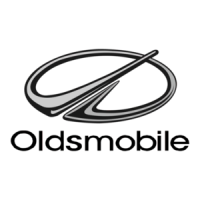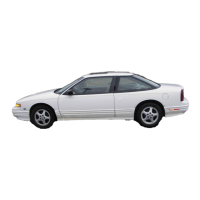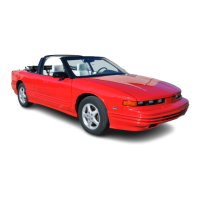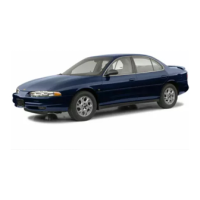To
start
your
engine:
1.
Without pushing the accelerator
pedal, turn your ignition key to
Start.
When the engine starts, let go of the
key. The idle speed will go down as
your engine gets warm.
NOTICE:
Holding your key in
Start
for longer
than
15
seconds at a time will cause
your battery to be drained much
sooner. And the excessive heat can
damage your starter motor.
2.
If your engine.won’t start (or starts
but then stops), it could be flooded
with too much gasoline. Try pushing
your accelerator pedal all the way to
the floor and holding it there as you
hold the key in
Start
for about three
seconds.
If
the vehicle starts briefly
but then stops again, do the same
thing, but this time keep the pedal
down for five or six seconds. This
clears the extra gasoline. from the
engine.
NOTICE:
Your engine is designed to work
with the electronics in your vehicle.
If you add electrical parts or
accessories, you could change the
way the fuel injection system
operates. Before adding electrical
equipment, check with your dealer.
If you don’t, your engine might not
perform properly.
If
you
ever have
to have your vehicle towed, see the
part
of
this manual that tells how to
do it without damaging your
vehicle. See
Towing
Your
Vehicle
in the
Index.
Driving
Through
Deep
Standing Water
NOTICE:
If you drive too quicldy through
deep puddles or standing water,
water can come in through your
engine’s air intake and badly
damage your engine. If you can’t
avoid deep puddles or standing
water, drive through them very
slowly.
60

